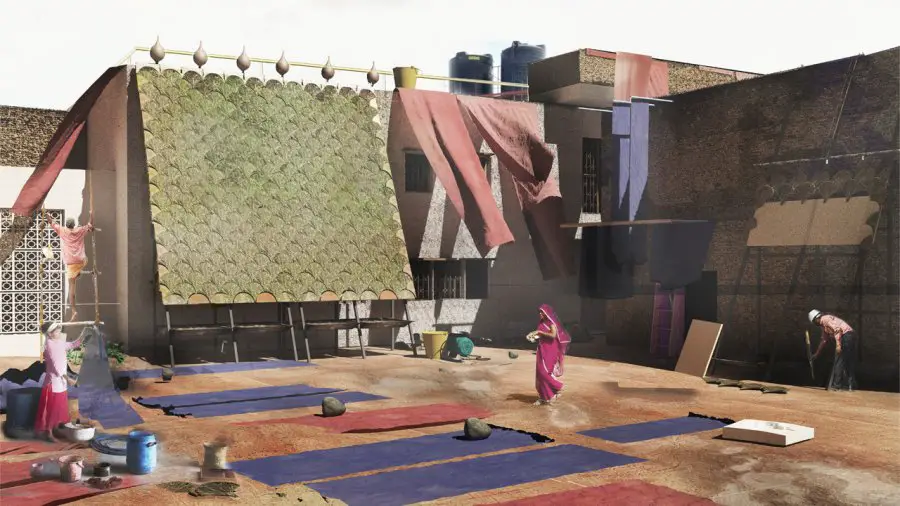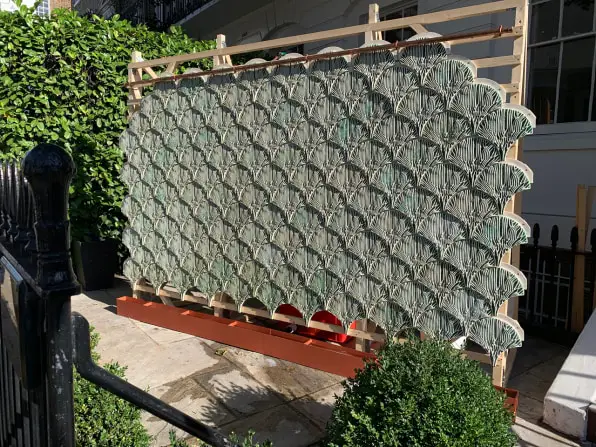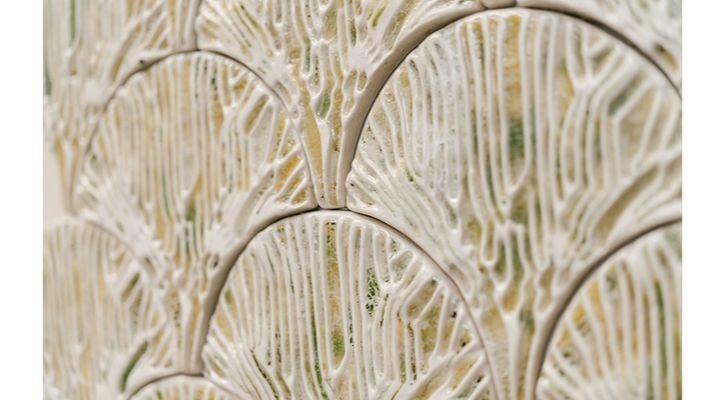This Indian Architect Created An Algae Wall That Purifies Polluted Water Without Harmful Chemicals

Shneel Malik has created a modular wall system using algae and ceramic tiles which are supposed to clean off pollutants from water. She is an Indian architect and a doctoral candidate from the Barlett School of Architecture.

Indus (the filter) contains ceramic tiles that are lined with microalgae and hydrogel taken from seaweeds. It is found to be pretty effective in cleaning water.

Algae are known for their natural cleaning properties. Making use of this, Shneel created ceramic tiles having leaf-like capillaries. She used microalgae for the project. When water is passed through these tiles, the pollutants contained in the water are absorbed by the microalgae thus leaving the water clean. This process may have to be repeated several times depending on how polluted the water is.
Indus has been made keeping in mind the pollution done by textile and dye industries. It intends to reduce water as well as oil pollution at an effective cost and with less technical investment.
Also read: To Clean Pesticides From Oregon Waterways Mushrooms Was Used for Bioremediation
The story of how Indus came into being is an interesting one. Malik in 2016 came across some small-scale jewelers and textile dyers while she was traveling in India. She noticed the workers releasing high amounts of toxic wastes like arsenic, cadmium, and lead in water bodies nearby. This was harmful both for water and soil, thus affecting aquatic and human life as well.

Malik visited many textile dyers in Panipat and bangle-makers in Kolkata, India with NGOs like Pure Earth and CEE, who keep a track of pollution. According to her, these visits made her better understand the specific challenges and constraints the artisans faced in treating their wastewater.
Also read: This Floating Ocean Cleaning Device Succeeded in Removing Plastic for the First Time
There are many other parts of India where similar polluting activities are taking place. These areas require help to properly get rid of toxins so as to save the environment and marine life.

Over 5000 people have downloaded our free ebook “Growth Hacking Tips And Rituals For Optimal Living” CLICK HERE to get your free copy now
She started developing this system because she found that the craftsmen lack enough ground space for keeping high-tech water treatment equipment. They also lack sufficient money to integrate these systems. Therefore she had to make a filter keeping these constraints in mind. Currently, the tiles need to be freshly lined with the microalgae once every few months. But Malik, along with her team, is working continuously to make it more durable without losing out on the toxin absorption capacity. At the same time, they are reducing the cost of the equipment.
Image Credits: Bartlett School of Architecture

Leave Comment: